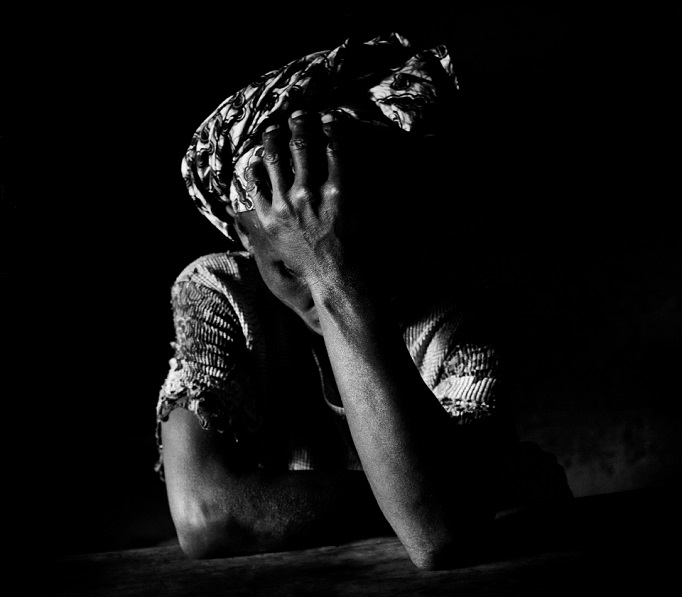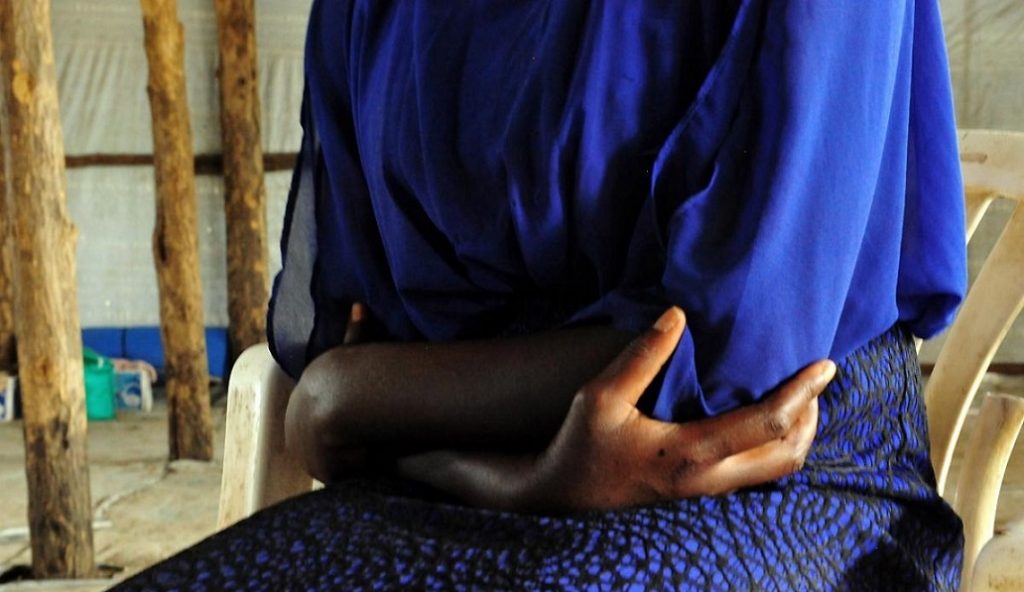Gender-Based Violence (GBV) – including rape, sexual assault, domestic violence, forced and early marriage, sexual exploitation and abuse, abduction, discriminatory practices within the legal system and harmful traditional practices – is a persistent and serious problem in South Sudan. GBV affects men, women, boys and girls, but it disproportionally affects women and girls.
According to data collected by the Gender-based Violence – Information Management System (GBV-IMS) in South Sudan during 2016, approximately 98% of reported GBV incidents affected women and girls. In addition to gender, age and disability can increase risks to GBV, with adolescent girls, unaccompanied children, elderly women and persons with disabilities among the populations most at risk. Gender inequality, exacerbated by decades of armed conflict, social, cultural and economic factors, is a key root cause and consequence of this human rights and public health issue. Since December 2013 the young state of South Sudan has been ravaged by internal armed conflict, increasing the need to prevent and respond to GBV through the humanitarian cluster system. Although there were brief periods of cessations in fighting in some parts of the country, conflict erupted in the capital of Juba again in July 2016.
According to data collected by the Gender-based Violence – Information Management System (GBV-IMS) in South Sudan during 2016, approximately 98% of reported GBV incidents affected women and girls. In addition to gender, age and disability can increase risks to GBV, with adolescent girls, unaccompanied children, elderly women and persons with disabilities among the populations most at risk. Gender inequality, exacerbated by decades of armed conflict, social, cultural and economic factors, is a key root cause and consequence of this human rights and public health issue. Since December 2013 the young state of South Sudan has been ravaged by internal armed conflict, increasing the need to prevent and respond to GBV through the humanitarian cluster system. Although there were brief periods of cessations in fighting in some parts of the country, conflict erupted in the capital of Juba again in July 2016.
The conflict spread to previously stable areas, including the Equatoria region. Preventing and responding to GBV in the context of armed conflict is the main concern of GBV humanitarian actors in South Sudan.
The full magnitude of the problem is unclear. However, studies indicate that approximately 65 per cent of women and girls have experienced physical and/or sexual violence in their lifetime, and approximately 51 per cent have suffered intimate partner violence (IPV). Approximately, 33 per cent of women have experienced sexual violence from a non-partner, primarily during attacks or raids. The majority of girls and women experience sexual violence for the first time below age 18. The risk of child marriage remains constant due to conflict and the country’s economic situation.
The UNICEF-led Monitoring and Reporting Mechanism has recorded over 385 incidents of sexual violence against children since December 2013, which is being perpetrated by all parties to the conflict. Children comprise nearly 25 per cent of all reported cases of conflict-related sexual violence. UNICEF and partners are concerned that these numbers may be much higher.
Communities consistently cite sexual violence as the greatest protection concern for women and girls. Intimate Partner Violence (IPV) remains the most common form of GBV, which means women and girls are most at risk in their own homes, from their husbands and other family members. With severe food insecurity and economic crisis across the country, women and girls also have to walk further to forage for food, firewood and other necessities to survive, exposing them to greater risk of rape, abduction for the purposes of sexual slavery, and other forms of GBV.
Women and girls associated with armed groups who have escaped report rape and other physical abuse. Decades of conflict have created a highly militarized environment and culture of violence. This allows perpetrators of GBV to operate with greater impunity. Survivors may fear stigma or reprisals, hence do not report.
Impunity for perpetrators is also due to a weak legal system, consisting of a mixture of formal and customary laws. For women, customary laws tend to prevail, with rape cases – where reported – handled by community elders. Most cases of IPV are ignored (these are not considered illegal by South Sudanese law).
PURPOSE OF THIS STRATEGY
To create a realistic common framework to guide GBV prevention and response interventions over the short and medium term in the humanitarian context of South Sudan.
AIM
Increase access for the most vulnerable to quality, multi-sectoral humanitarian GBV services and reduce incidents of GBV through prevention and mitigation activities in South Sudan.
OBJECTIVES
- Expand availability of the basic package of multi-sectoral GBV services
- Build capacity of service providers and communities to deliver quality GBV services in line with best practices and minimum standards for humanitarian settings
- Strengthen GBV prevention and risk mitigation across other humanitarian sectors and with UNMISS, including through mainstreaming.
- Strengthen co-ordination, advocacy and collaboration at national and sub-national levels.
TARGET POPULATION/GEOGRAPHIC AREAS
According to OCHA, as of December 2016, the number of people in need in South Sudan reached 7.5 million, out of which more than 1.8 million are Internally Displaced Persons (IDPs). The GBV program with other protection partners are targeting 3.07 million people (excluding refugees) to have access to a protection response, including GBV prevention and protection services.
The GBV program will focus on providing a basic package of services to the most vulnerable segments of the population in geographic areas where the population is most affected by conflict and in need, particularly in HRP priority counties and in locations of displacement outside of PoCs.
MANAGEMENT AND OPERATION OF THE STRATEGY
In order to deliver on this Strategy, the GBV Program will:
- Advocate to donors for the allocation of financial resources for GBV prevention and response interventions in accordance with this strategy, as well as to help ensure GBV risk mitigation is mainstreamed through
project proposals of other humanitarian sectors.
- Provide through its GBV specialist members technical support in specialized areas in the priority locations and to national GBV service
provision partners.
- Support coordination mechanisms to implement the strategy at the national and field level.
In terms of Human Resources, the program will continue to support and promote the implementation of the strategy at the field level by field coordinators and Working Groups in all priority locations. It will also endeavor to ensure the availability of adequate human resources for the program to conduct information management and GBV-IMS support activities for the implementation of this strategy.



